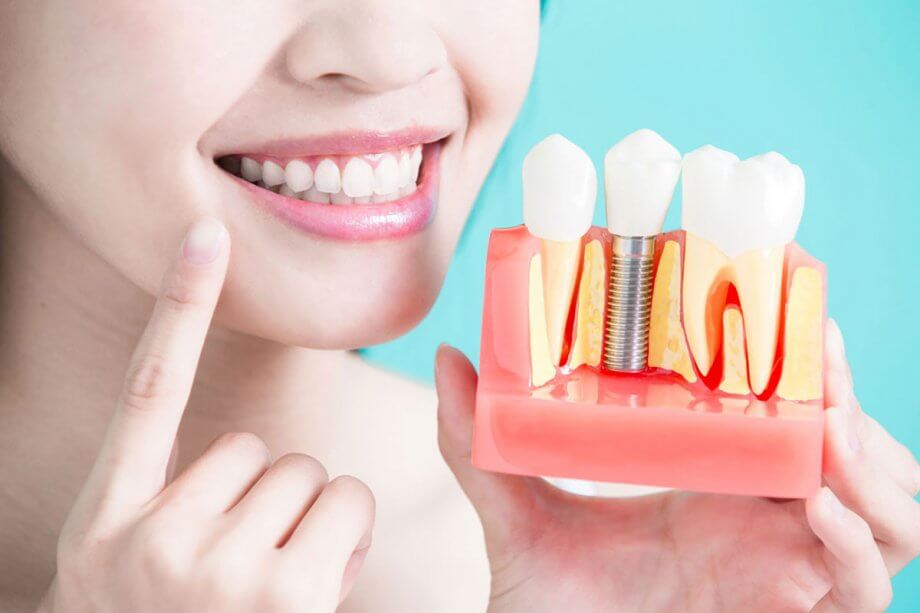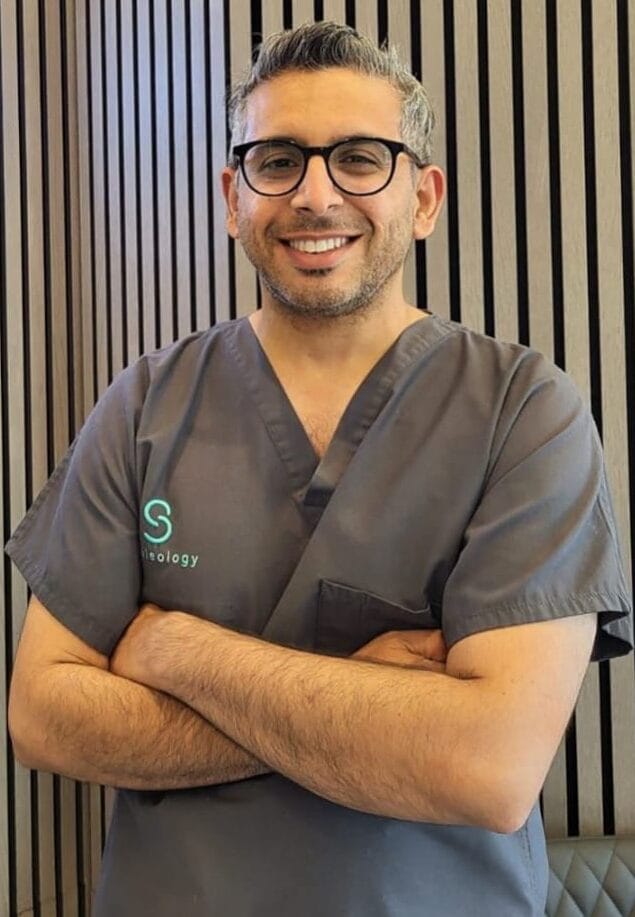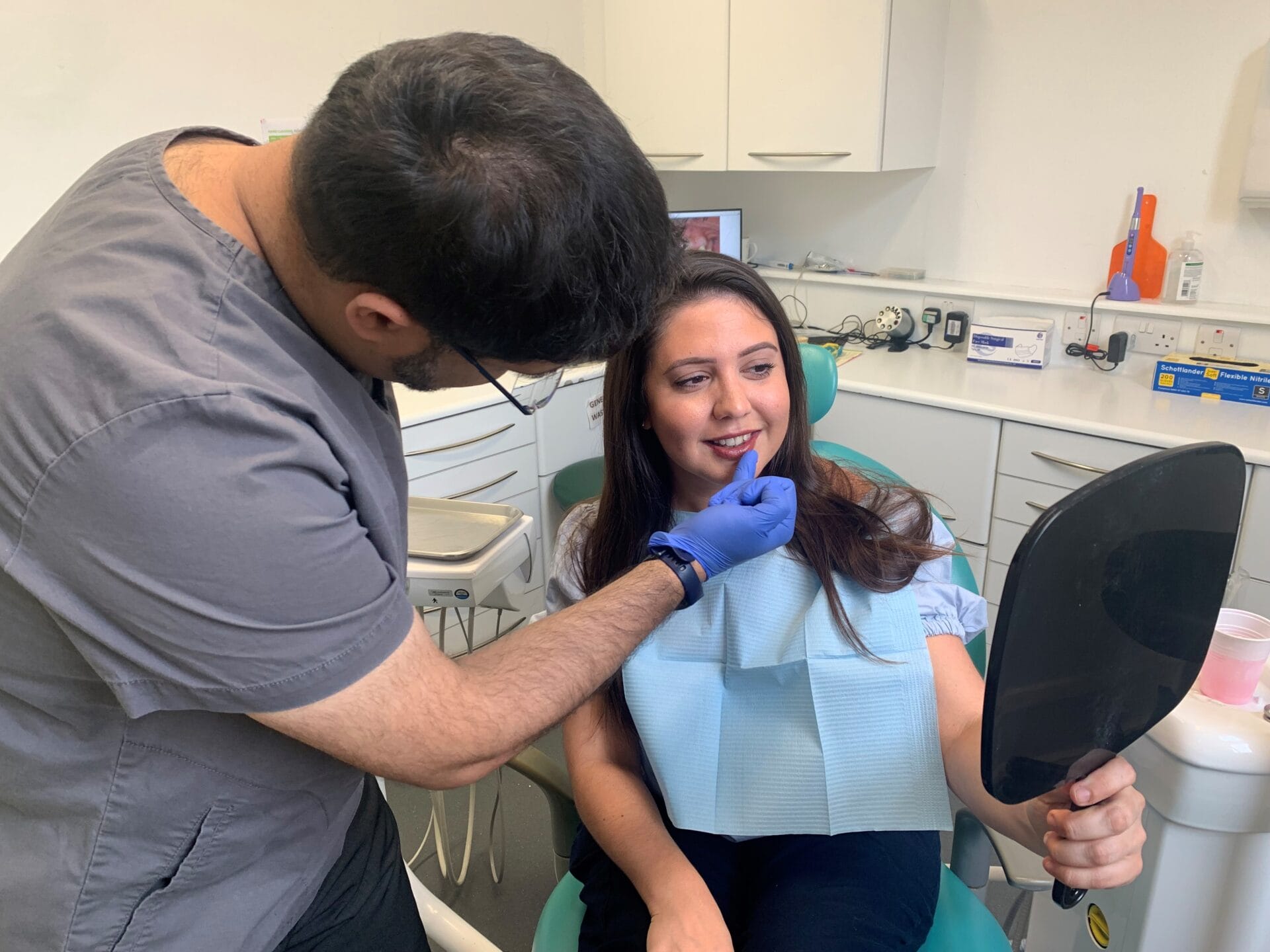Locate Your Smile Again with Dental Implants Kent: Reputable Solutions
Wiki Article
Experience the Latest Technologies in Dental Implants Innovation
As the field of dental care continues to evolve, the developments in dental implant innovation have actually been absolutely nothing brief of remarkable. The assimilation of innovation is revolutionizing the capability of dental implants, guaranteeing enhanced outcomes and client satisfaction.Advanced Materials for Boosted Toughness
In the realm of oral implants innovation, the integration of sophisticated products has considerably added to boosting longevity and longevity of these essential dental prosthetics. The use of materials such as titanium alloys, zirconia, and ceramic compounds has actually changed the area by providing raised resistance, toughness, and biocompatibility to rust.
Titanium alloys are commonly utilized in oral implants because of their extraordinary strength-to-weight proportion, rust resistance, and compatibility with the body. These alloys guarantee the security and long life of the implant by holding up against the pressures applied throughout speaking and chewing, giving a reputable option for clients looking for sturdy tooth substitutes.
Zirconia, a sort of ceramic product, has gained appeal for its biocompatibility and natural tooth-like look. Its high toughness and resistance to put on make it a suitable selection for dental crowns and bridges, enhancing the total aesthetics and capability of the dental implant.

Digital Imaging for Exact Positioning
The evolution of dental implants modern technology has additionally progressed with the assimilation of electronic imaging techniques, ensuring exact placement of these prosthetics for ideal functional and visual results. Digital imaging plays a vital function in the preparation and placement of oral implants by supplying in-depth 3D pictures of the client's jawbone framework. This technology permits dentists to analyze bone density, locate vital frameworks, and intend the specific placement and angle for dental implant placement with unparalleled accuracy.By utilizing digital imaging, dental experts can create virtual medical guides that offer as a roadmap throughout the dental implant placement procedure. These guides are tailored for each individual, taking into consideration their distinct makeup and the desired end result. This level of precision not just enhances the success rate of oral implant treatments but also minimizes the risk of complications.
In addition, digital imaging enables dental professionals to picture the final prosthetic remediation prior to the real placement of implants, enabling meticulous preparation and making sure that the end result fulfills the client's visual expectations. Generally, the assimilation of digital imaging innovation has changed the field of oral implants, offering patients an extra predictable, efficient, and patient-specific therapy method.

Minimally Intrusive Surgical Methods


Advancements in medical methods have caused the development of minimally invasive strategies in the field of dental implantology. These strategies intend to reduce trauma to the patient, reduce healing times, and boost overall treatment outcomes. Minimally intrusive operations involve smaller sized lacerations, specialized instruments, and progressed imaging technologies to exactly place oral implants with very little disturbance to surrounding cells.
One secret aspect of minimally intrusive methods is the use of directed surgical treatment, where 3D imaging and computer-aided design software application are utilized to intend the dental implant placement with great accuracy. This enables for a much Your Domain Name more predictable end result and can usually remove the requirement for extensive flap surgery.
Additionally, innovations in materials and implant design have actually likewise contributed to the success of minimally intrusive approaches. Implants with boosted surface properties promote quicker osseointegration, reducing the healing time called for before the prosthetic restoration can be placed.
3D Printing for Personalized Solutions
Utilizing 3D printing innovation in dental implantology permits for the creation of highly customized options customized to individual client requirements and physiological variations. This sophisticated modern technology allows dental professionals to develop and make oral implants with extraordinary accuracy and precision. By making use of digital imaging methods, such as cone light beam computed tomography (CBCT), thorough 3D versions of the person's oral cavity can be produced to assist the implant planning procedure.Among the vital advantages of 3D printing in oral implantology is the capacity to create patient-specific implants that perfectly fit the one-of-a-kind makeup of each individual. This personalized technique aids enhance the total success and longevity of the implant by ensuring optimum fit and alignment. Furthermore, 3D printing permits the production of complicated geometries and complex frameworks that would be impossible or difficult to accomplish using traditional production methods.
In addition, 3D printing technology makes it possible for dental experts to enhance the implantation process, lowering surgical procedure time and boosting general patient experience. With its capability to create customized options quickly and effectively, 3D printing is transforming the field of oral implantology, offering individuals innovative therapy choices and enhanced click this link outcomes.
Integrated Technology for Improved Capability
Carrying out cutting-edge modern technology in dental implantology improves functionality and accuracy, raising the standard of care for individuals going through implant treatments. Integrated innovation plays an important function in improving the general success and longevity of dental implants.Moreover, the combination of computer-aided layout and computer-aided manufacturing (CAD/CAM) modern technology enables the development of custom-made implant repairs with exceptional precision. my explanation CAD/CAM systems utilize electronic impressions to make prosthetics that flawlessly fit the person's special anatomy, making sure optimal convenience and performance. Additionally, making use of robotic-assisted surgery in dental implant positioning improves accuracy and decreases the danger of human mistake.
Final Thought
Finally, the most recent advancements in oral implants modern technology deal improved durability with sophisticated materials, precise placement with electronic imaging, minimally invasive medical strategies, tailored services with 3D printing, and improved functionality with incorporated technology - Dental implants Kent. These advancements in oral implants innovation are reinventing the field and providing patients with more reliable and effective treatment alternatives for restoring their smiles and dental wellnessThe integration of modern technology is changing the capability of oral implants, guaranteeing improved end results and patient fulfillment.
The development of dental implants innovation has actually additionally progressed with the combination of digital imaging strategies, making sure precise placement of these prosthetics for optimal functional and visual end results. Minimally intrusive surgical procedures include smaller sized incisions, specialized instruments, and progressed imaging modern technologies to exactly put oral implants with minimal interruption to surrounding cells.
Carrying out innovative innovation in dental implantology improves capability and accuracy, raising the criterion of care for patients undertaking dental implant treatments. Dental implants Kent. Integrated technology plays an essential function in boosting the overall success and resilience of oral implants
Report this wiki page